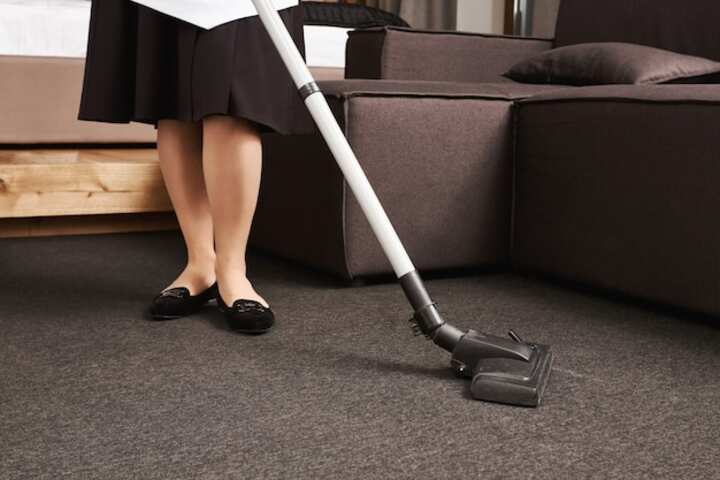
Post-Fire Indoor Air Quality Testing Professional Purification Solutions
In the aftermath of a fire, the air quality within a structure can be significantly compromised, posing health risks to occupants and making the environment uncomfortable and potentially hazardous. The importance of conducting thorough indoor air quality testing cannot be overstated, as it helps identify harmful particles and contaminants that may linger long after the flames have been extinguished. Additionally, implementing professional purification solutions is crucial in restoring a safe and healthy living or working environment. This article delves into the necessity of post-fire air quality testing and explores effective purification solutions to ensure indoor environments are safe for reoccupation.
Understanding Post-Fire Indoor Air Quality Challenges
Fires release a variety of pollutants and particulates into the air, many of which can have long-lasting effects on indoor air quality. These include:
- Smoke particles that can penetrate deep into the lungs and exacerbate respiratory conditions.
- Volatile organic compounds (VOCs) that may cause headaches, dizziness, and other health issues.
- Soot, which can settle on surfaces and be easily disturbed, re-entering the air.
- Carbon monoxide and other harmful gases that can be lethal in high concentrations.
Understanding these challenges is the first step in addressing the air quality issues that follow a fire. Read more about this topic to understand the full scope of post-fire air contaminants.
Importance of Professional Air Quality Testing
Professional air quality testing is essential for accurately assessing the level of contamination and identifying specific pollutants present in the indoor environment. This process involves:
- The use of specialized equipment to measure particulate levels, VOCs, and other harmful substances.
- Comprehensive testing protocols to ensure all areas of the property are evaluated.
- Detailed reporting to provide a clear understanding of the air quality status and necessary actions.
Learn more in this detailed guide on how professional testing can safeguard health and facilitate effective remediation strategies.
Professional Purification Solutions
Once the air quality has been assessed, implementing professional purification solutions is crucial in mitigating any health risks and restoring safe conditions. These solutions often include:
Mechanical Air Filtration
High-efficiency particulate air (HEPA) filters are commonly used to capture fine particles such as smoke and soot. These filters are highly effective in reducing particulate matter in the air. Find additional information here about the types of filters best suited for post-fire purification.
Activated Carbon Filtration
Activated carbon filters are particularly effective in absorbing VOCs and odors, providing a comprehensive solution for improving air quality after a fire. These filters work by trapping gas molecules, reducing the concentration of harmful substances in the air.
Ozone Treatment
Ozone generators can be used to neutralize odors and eliminate certain contaminants. However, it is critical to use ozone treatment cautiously and under professional supervision, as high concentrations can be hazardous to health.
Air Scrubbers
Air scrubbers are advanced devices that can remove particles, odors, and gases from the air. They are particularly useful in severe cases of air contamination, providing thorough purification of the indoor environment. Explore further insights here into how air scrubbers work and their effectiveness in post-fire scenarios.
Conclusion
Restoring indoor air quality after a fire is a complex process that requires thorough testing and professional purification solutions. By understanding the contaminants present and employing effective remediation strategies, it is possible to ensure that indoor environments are safe and healthy for occupants. For those dealing with the aftermath of a fire, seeking expert advice and assistance is essential in achieving a complete recovery. Learn more in this detailed guide on post-fire recovery processes and air quality management.